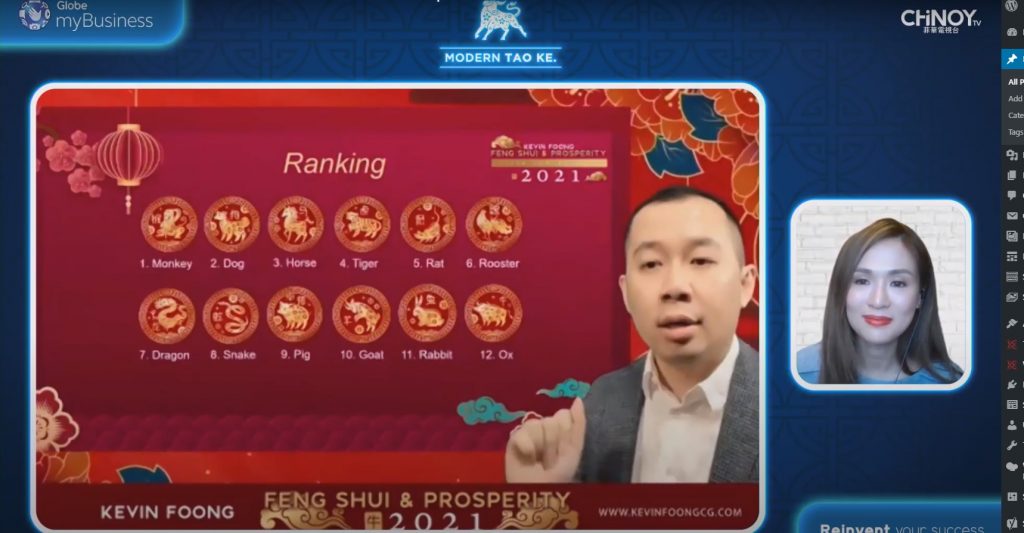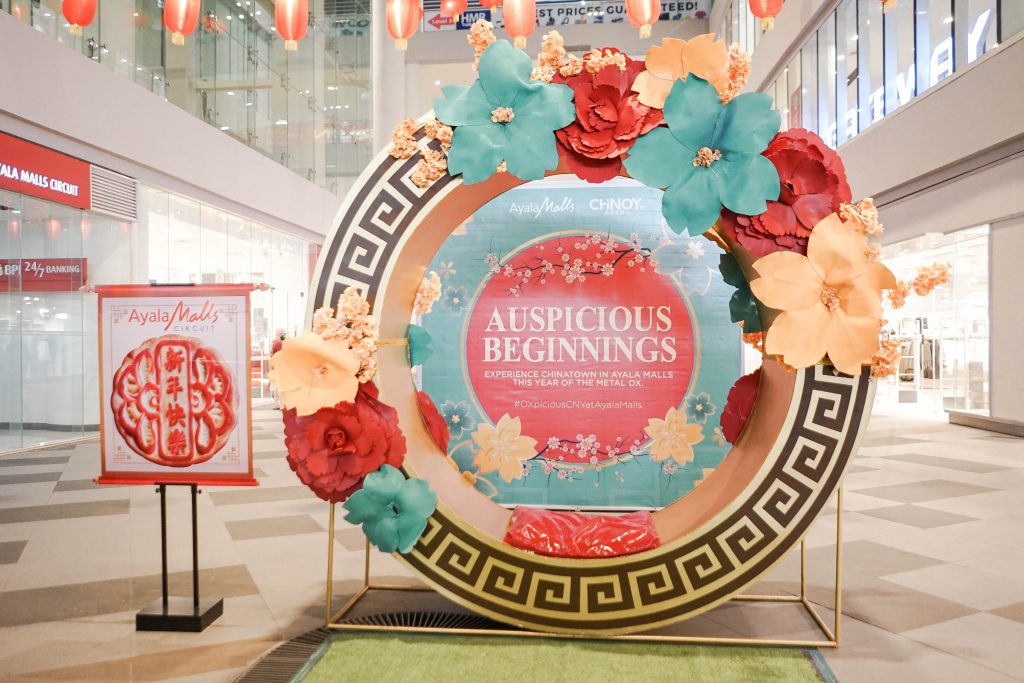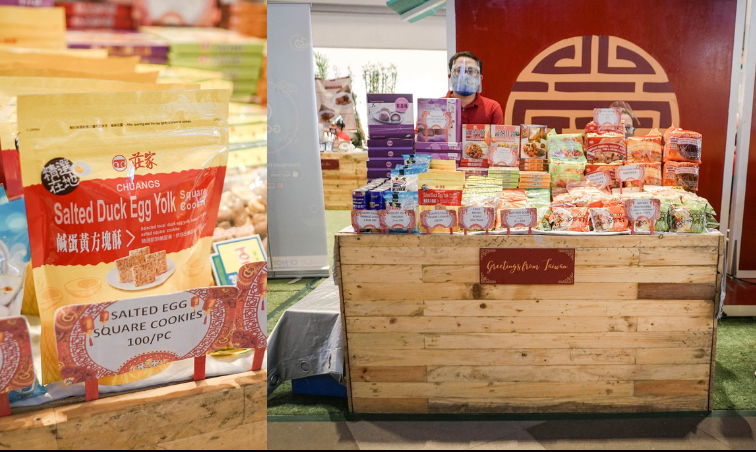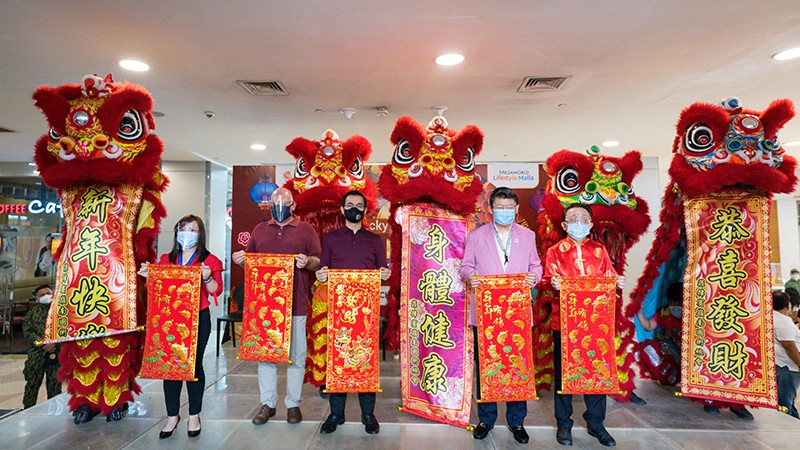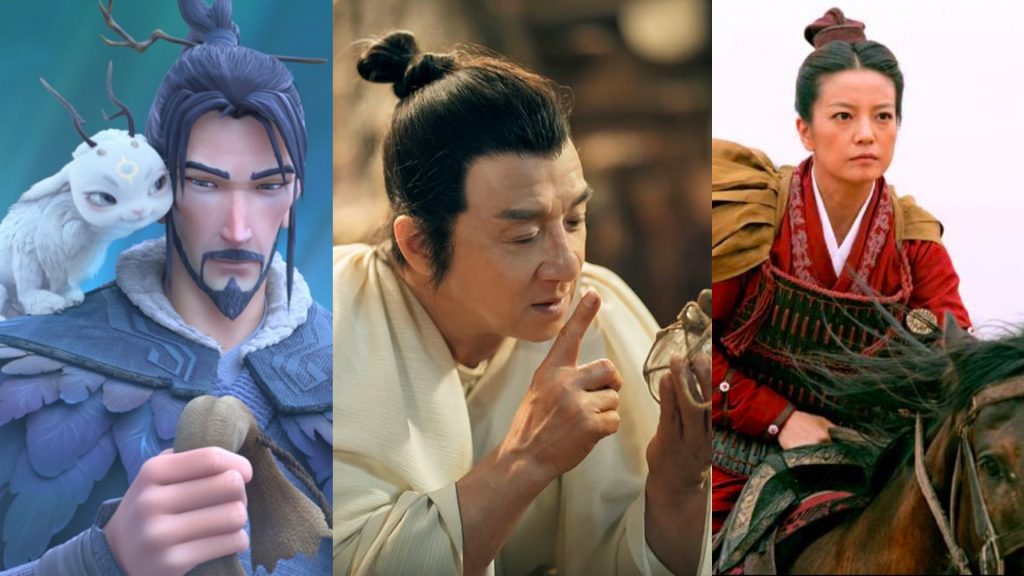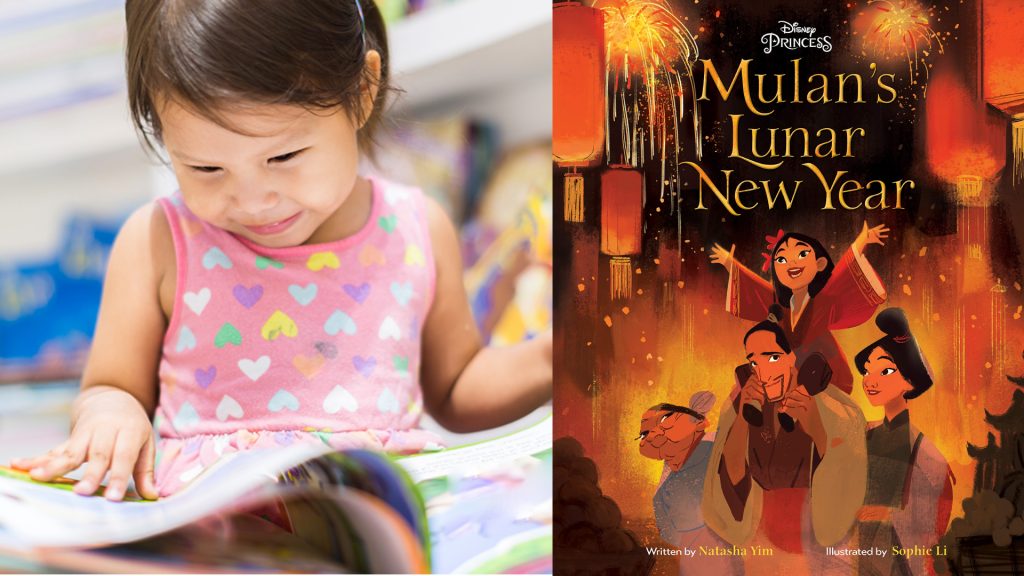Chinese Influences on Filipino Culture That You Probably Don’t Realize

Even before Spain conquered the Philippines, China had established a presence in the country through commerce and barter. The Filipino-Chinese link became stronger throughout time, and we continue to appreciate both nations’ unique cultural ties to this day. We can’t dispute that Chinese traditions are deeply rooted in Filipino society. Filipinos have received influences that have become part of their daily life, ranging from cuisine and clothes to superstitions and rituals. With that being said, here are 4 Chinese influences on Filipino culture:
1. Calling your older siblings “Ate and Kuya”
The terms ate and kuya are not native to the Philippines. These are Hokkien Chinese family terms. Ate is derived from a ci (“a” is a relationship prefix; “ci” denotes elder sister), whereas kuya is derived from ko a (“ko” is an appellation for an older brother; “a” is a suffix). Ditse (the second eldest sister), diko (the second eldest brother), sanse (the third eldest sister), and sangko (the third eldest brother) are all Chinese terms as well.
2. Using fireworks during celebrations
Everyone adores celebrations, and we strive to make them as extravagant as possible. Pyrotechnics are commonly used during a celebration or to chase away evil spirits during festivals and holidays (Christmas, New Year, etc.). This practice came from China.
3. The childhood game, Chinese Garter
Unsurprisingly, the game, Chinese garter, originated in China. Many people spent their childhood days and school dismissals competing in a Chinese garter “competition” with friends and classmates. The game is played by two teams. The main aim is to avoid tripping over the garter, which can be an actual garter or a homemade one made of rubber bands knotted together.
4. Delicious food and snacks
We can credit the Chinese for a wide range of cuisines and snacks. They introduced pancit, dim sum, lumpia, our favorite taho, and many delicious dishes to Filipinos that many still eat and enjoy today.
These customs have existed in Filipino culture for as long as we can recall. However, one thing is certain: these Chinese influences shaped both yesterday’s and today’s Filipino culture.




